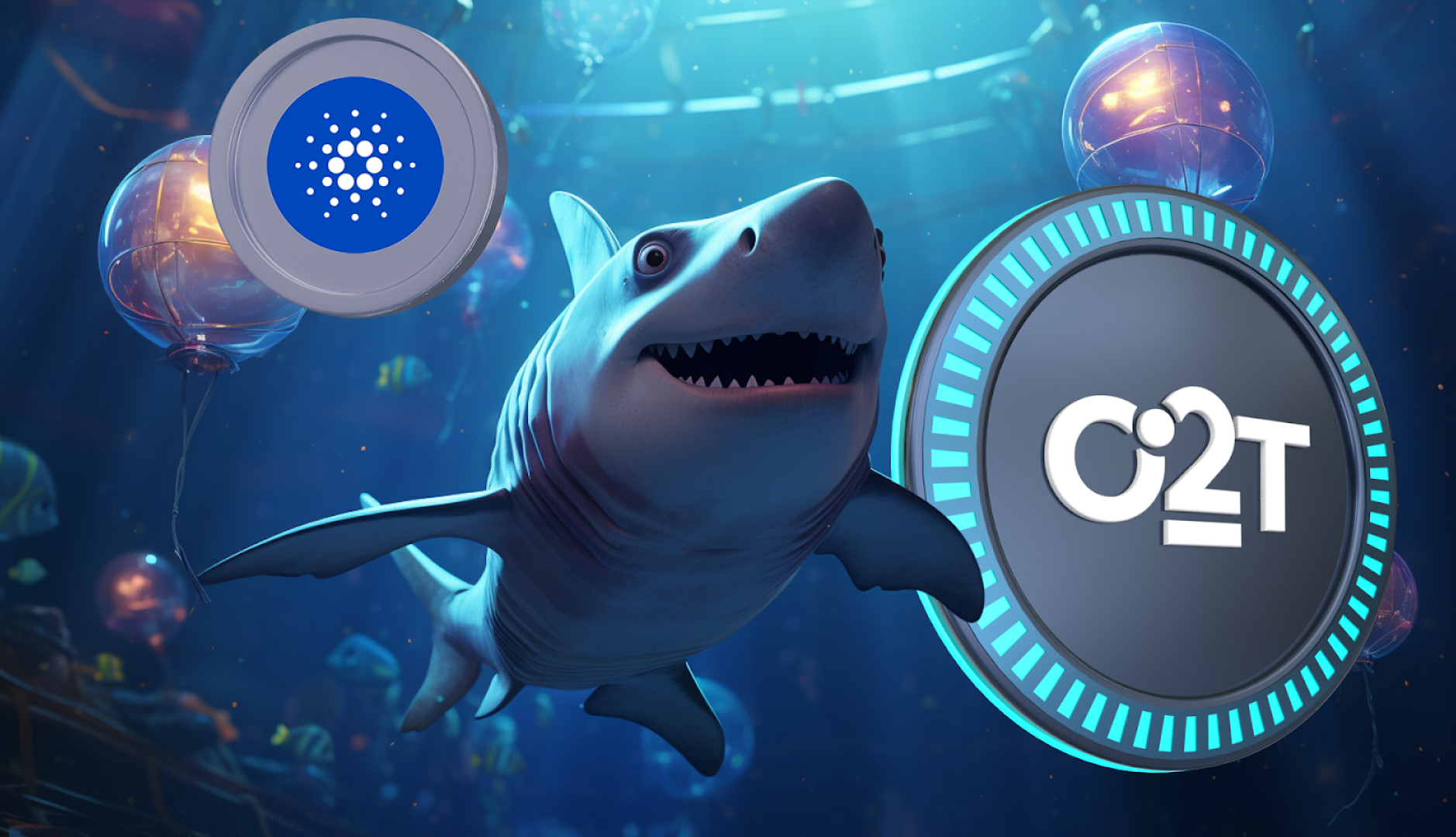Is this the next trend in the crypto space after the coin meme?
Cryptocurrencies are an ever changing and irreplaceable space. Trends come and go. Some coins still exist, but some are gradually disappearing and being forgotten.
Over the past month we’ve seen a strong comeback in coin memes. This time, however, it is not DOGE that leads, but SHIB. And yet the excitement seems to have subsided in the past few days.
But while one hype train is slowly disappearing, another is entering the crypto world. And this time it seems to be the metaverse.
The SHIB fever subsides?
This depends a lot on your definition of “fading”, but try to think about crypto long term. SHIB has been increasing in double digits every day for a few weeks now.
Articles about SHIB millionaires and billionaires keep popping up, while other cryptocurrencies, based largely on the same concept, are also growing strongly. Like Floki Inu, Baby Doge, Dogelon Mars, they literally print and keep money for early participants.
Shiba Inu has become the fifth most popular address on Ethereum, surpassing addresses like Uniswap v3 and the popular stablecoin USDC. At one point it was also the seventh largest gas burner on Ethereum.
At the moment, however, this trend seems to be easing. For the first time, SHIB is no longer in the top 10 list of Ethereum’s top 10 gas burners. However, a more accurate way to gauge the current hype is to take a look at Google Trends.
Tseek “Shiba Inu” on google Twhole world in 12 months | Source: Google Trends
Google searches for Shiba Inu has dropped nearly 70% in the past few weeks. Unless people suddenly become less interested, this can be explained by dwindling interest in cryptocurrencies.
Natural prices are also affected. SHIB has dropped about 20% in the past 7 days while other dog coins are also struggling, if not in the red.
All of this could be a sign that the hype surrounding the coin meme is now fading and perhaps giving way to something fresh.
Metaverse: New Empire in Space
In early November, Facebook took a big step and changed its company name and brand to Meta. To help the company break away from the concept of a social media platform business, CEO Mark Zuckerberg announced that the company will focus on building the Metaverse.
“From now on we will be the first to convert the metaverse. Not Facebook. Facebook is one of the most widely used products in the world. But increasingly, it can’t cover everything we do. Right now, our brand is so closely associated with a product that it cannot represent everything we do. “
But what does it all mean? The technology-led metaverse of the century we’re talking about? From a concept that no one talked about, the Metaverse quickly became something that everyone supported. And it’s interesting how people understand Metaverse because there is no one-size-fits-all description.
Some people tend to think of Metaverse as some sort of alternate reality from Ready Player One, where you use virtual reality (VR) glasses and do whatever you do in the real world, or even more. Others describe it as a digital replica of our world where users can buy land, build developments, and do anything they do now, but through digital identities.
Over the past month, many game developers and people developing concepts and products that focus on projects based on Metaverse have been interviewed to come to a conclusion. But in short, there is really no single description that can fully explain what Metaverse is.
Metaverse is an extension of what we are currently using. Our lives have become largely digital and virtual identities are becoming increasingly important, regardless of whether people are aware of it or not. This is proven by the following figures.
Analyze the data
Data from Statista shows The average daily use of social media by internet users worldwide is up to 145 minutes per day.
Average time spent on social media | Source: Statista
There are 1440 minutes a day, so let’s say 10% of that is spent on social media for the sake of simplicity, albeit maybe a little more. Now consider this because 10% is not a great number and 2 hours 25 minutes doesn’t seem like a long time.
10% per day means a day of 10, 10 days of 100 and 30 days of 300. Or more than 1 month in 1 year and 1 year in 10 years.
In other words, you will likely spend five of your next 10 years browsing social media (assuming the numbers stay the same, although they increase significantly from year to year).
Our life is already in a time when the “real world” is so deeply interwoven with the digital that it is perhaps inseparable. You can contact anyone from anywhere in the world as long as you have an internet connection. You can order anything you need from anywhere in the world and have it delivered in no time.
More importantly, we are used to digitizing a large part of our lives. And this is where the concept of Metaverse comes into play. Think of Metaverse as Layer 2, a virtual layer where we all have digital identities (just like we do now) – a concept that pushes the boundaries of gaming. However, at the moment, a lot of people associate it with the gaming market.
Metaverse and games
Often times, our perception of many things is shaped by the books we read, the films we watch, and the games we play. In popular culture, a lot of conversations about the metaverse are associated with a parallel digital universe where the user puts on VR glasses and becomes something entirely different – a superhero with extraordinary abilities, ordinary people with reinforcement, or whatever they want.
And that’s perfectly fine and sensible. Metaverse was coined as a term in 1992 by Neal Stephenson – a science fiction writer in the novel Snow Crash. In the book, people are represented by interacting avatars and software agents in three-dimensional, virtual space and using metaphors from the real world.
We have seen various iterations and interpretations of the metaverse since then, but much of it revolves around the idea of extraordinary possibilities in a parallel digital universe.
When it comes to games, games have become a booming industry in the third decade of the 21st century: people all over the world spend countless hours playing different games – some for entertainment purposes, others for work.
And since many people associate the metaverse with this parallel digital universe where anything is possible, it’s easy to see why they consider it a natural extension of online gaming.
Associate play to earn and cryptocurrencies
Since entertainment is such an important part of our lives and a lot of people play video games for fun, there is a booming new sector in the crypto industry trying to make the most of it: Play to Earn (P2E).
P2E is a business model where blockchain developers create games with built in monetization so that users can earn while playing (in the form of cryptocurrency). It’s a very compelling concept because it combines two of the things that attract people: entertainment and money.
Ever since Facebook renamed itself Meta and planned to develop Metaverse, games to earn money have skyrocketed. Some of the biggest names in this space are Axie Infinity, Decentraland, The Sandbox, …
Google Trends data shows that searches for “games to earn” have also skyrocketed in recent months:
Number of searches play to earn Google Twhole world in 12 months | Source: Google Trends
From the point of view of experts, tons of new P2E projects pop up every day. However, from a player’s point of view, the field is so young that it is difficult to predict where it will go.
Some top games have jumbled graphics, slow motion, lack of gameplay, which leads to a feeling of underdevelopment.
The next thing to note, however, is the “huge” amount of money that is deployed in this sector. Enjin launched in November 2021 Efinity Metaverse Fund $ 100 million in support of developers. Sfermion, an NFT investment firm, has raised $ 100 million to accelerate growth in the Metaverse space.
Big crypto venture capitalists Andreessen Horowitz (a16z), Polygon Studios, Solana Ventures, Cosmos and others took part in the Series B round of the blockchain-based gaming platform Forte and raised $ 725 million a year.
In short, are blockchain games and metaverse the future? With sums of money this large, the answer seems to be yes.
Join Bitcoin Magazine Telegram to keep track of news and comment on this article: https://t.me/coincunews
Follow the Youtube Channel | Subscribe to telegram channel | Follow the Facebook page






















